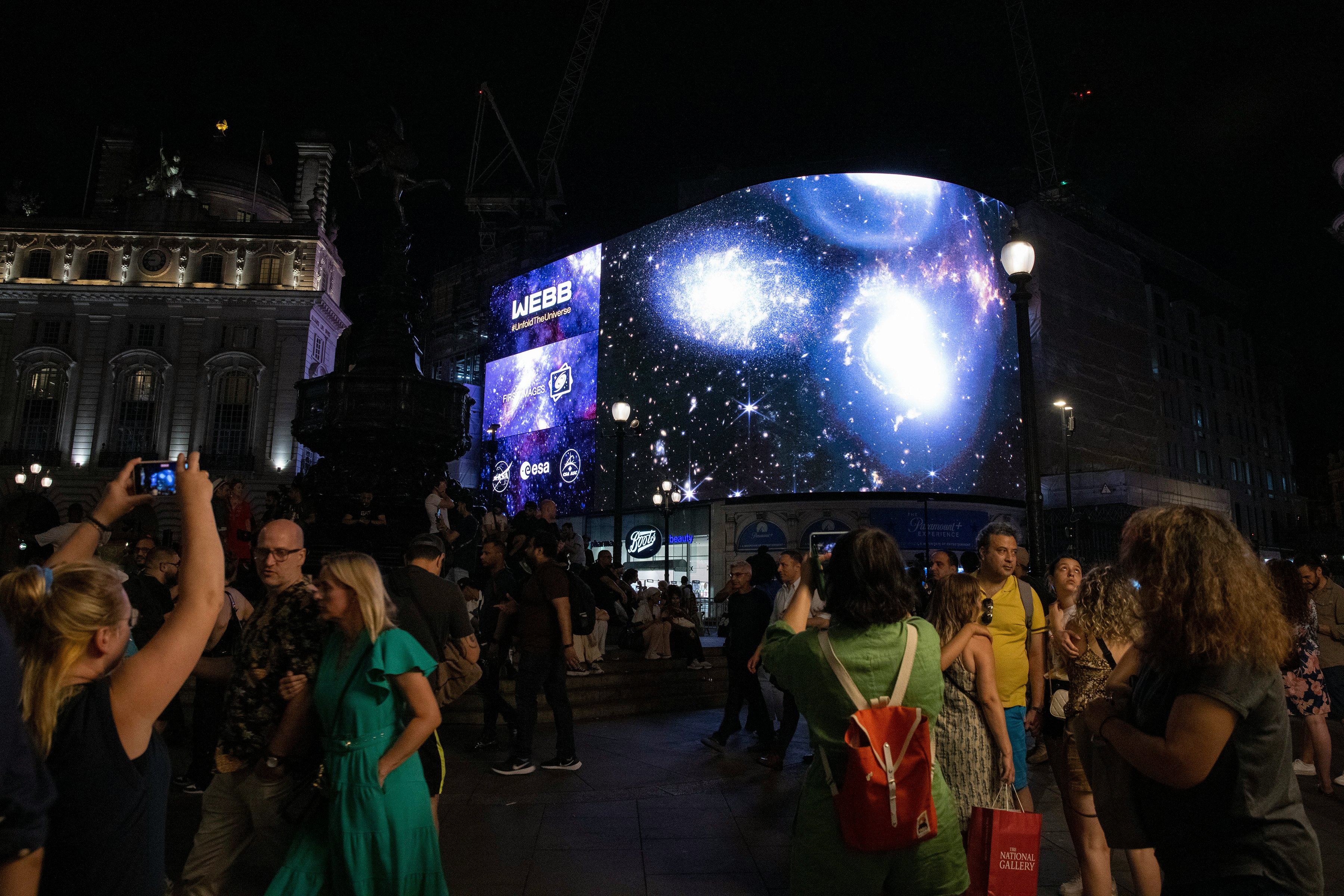
NASA has finally made the first James Webb Space Telescope public. Those images showed a gorgeous nebula leftover after the demise of a star; an exoplanet spectra revealing water vapor on a distant hellworld; a stellar nursery where new stars are born; a quintet of galaxies locked in a gravitational embrace (with a photobomber, just for fun); and an image that goes so deep in the universe that some of the first galaxies appear.
The Webb mission was decades in the making. Design concepts kicked off in 1996, just six years after the launch of the Hubble Space Telescope. Construction was completed in 2016, but it took another five years for the telescope to finally launch on Christmas Day 2021.
In other words, some people have waited 26 years for this week’s release. Inverse spoke to a dozen experts to get their perspectives on the release of the Webb images — and the startling science behind them.
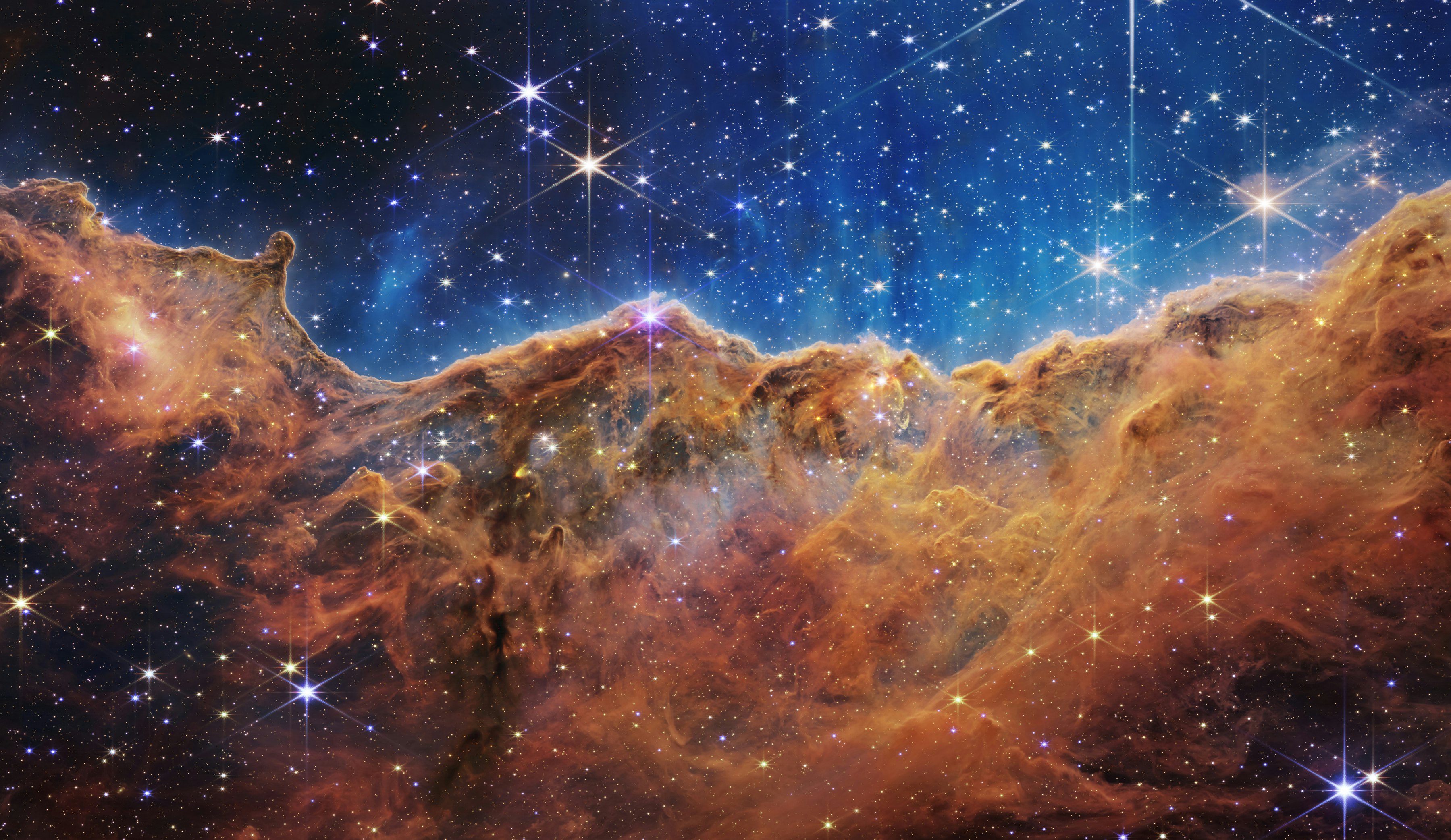
12. Heidi Hammel, interdisciplinary scientist, James Webb Space Telescope Team
This will be JWST’s first measurement of chemistry in the atmosphere of an exoplanet — a turning point in our understanding of planetary atmospheres. There will be dozens and maybe even hundreds more such spectra to come in the years the JWST is operational: a flood of new knowledge about the myriad ways that planets work. JWST will also continue the exploration of the Voyager 2 spacecraft, as it turns its golden eye to the giant planets within our Solar System, uncovering the secrets of these distant worlds.
For me personally, it is the culmination of more than 20 years of work to ensure this telescope can study objects within our Solar System. I am honored to have been part of such an amazing mission. And the best is yet to come! The images and observations are just the appetizer – the main course is the science that astronomers will do with JWST in the coming years.
11. Jessie Christiansen, research scientist at the NASA Exoplanet Science Institute
The detail is just amazing. And beautiful!! Isn't the universe gorgeous?
I'm really glad that so many people have the chance to stop today, even for just a moment, and soak in the beauty of the universe around us.
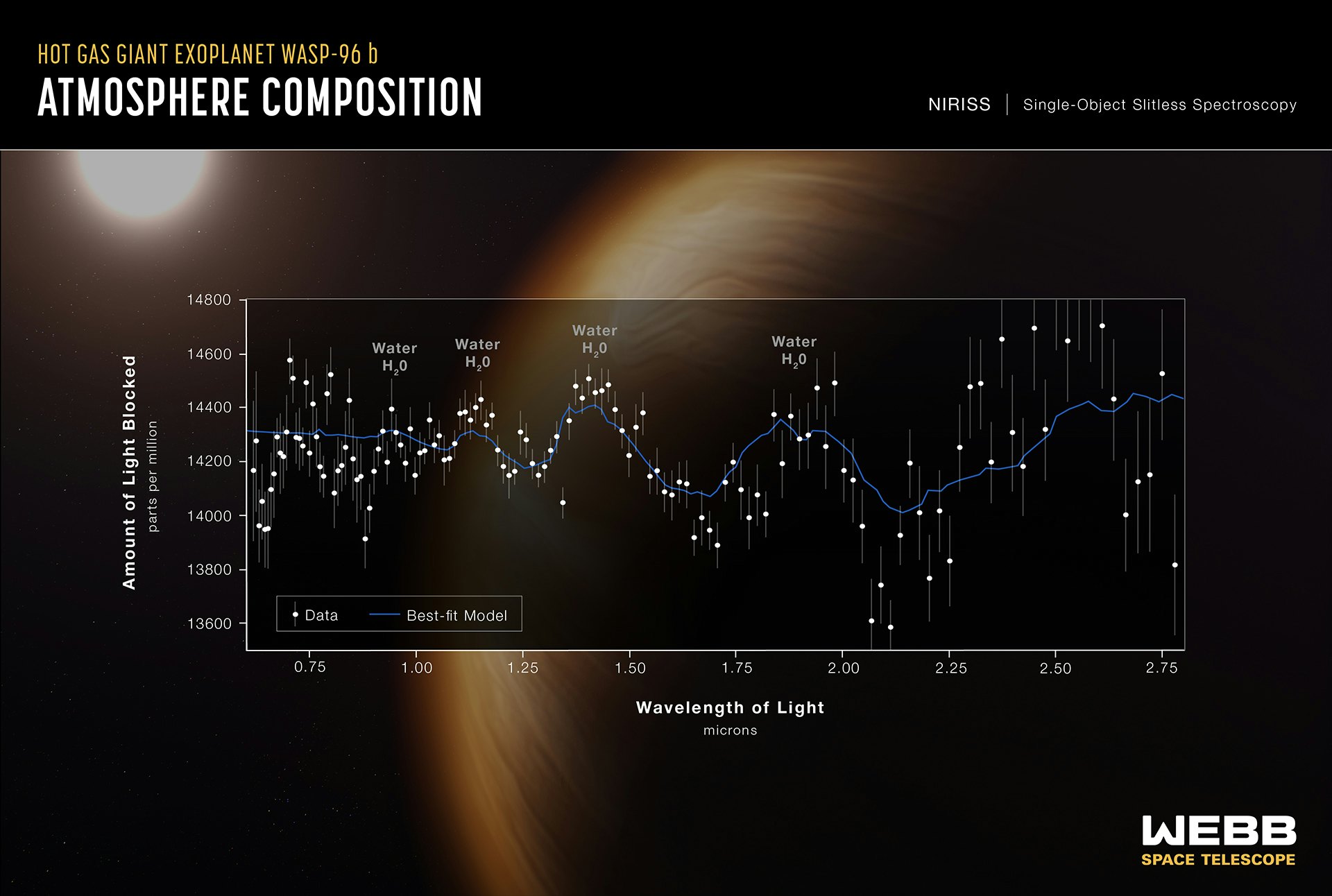
10. Abel Mendez, director of the Planetary Habitability Laboratory at the University of Puerto Rico at Arecibo
I'm amazed by the resolution and sensitivity of JWST. This is a game-changer for understanding and discovering new astronomical phenomena.
Imagine what we could eventually do with a network of larger telescopes scattered in the Solar System. No need to slowly travel between the stars when we can explore everywhere at the speed of light.
9. Paul Byrne, planetary scientist, Washington University
Each and every one of these images sets us on a new course for understanding the Universe around us. But that Carina Nebula pic? Breathtaking.
8. Moiya McTier, astrophysicist and speaker, Media Moiya LLC
When I look at the images, I’m mostly amazed by how much MORE there is in the universe than we’ve ever seen before. We’re bound to find things in this data that we’ve never encountered, and that will lead to new questions and discoveries. So I look at these images and see a lot of hope for the future of humanity
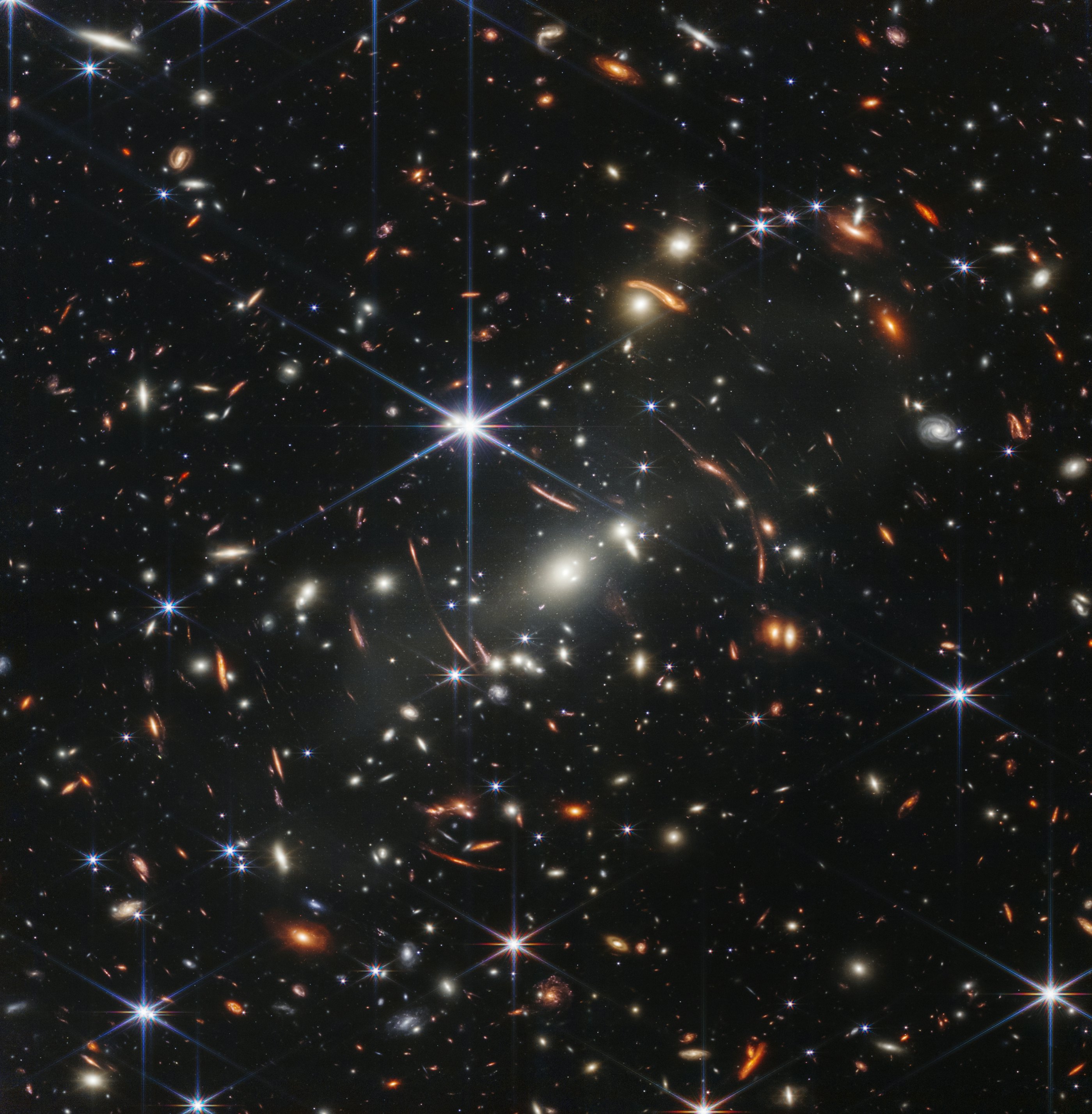
7. Robert McNees, physicist, Loyola University Chicago
One of the things that stood out to me had to do with that first Deep Field image, the one revealed by President Biden. After taking a few minutes to let myself be wowed, and then marveling at the pronounced gravitational lensing, I thought about the similarities between this image and the famous Hubble Deep Field.
To a casual observer, I think they would look so much alike. But the HDF required something like a million seconds of observation time — that adds up to around two weeks of Hubble pointed at the same little patch of sky. (Not all at once, of course. I think a typical chunk of observation time was on the order of 1000 seconds.) The new JWST image, on the other hand, only needed about 12.5 hours of observations. Just a stunning achievement by the folks who designed and built this instrument.
Also, that one galaxy experiencing the very pronounced lensing looks like the clock from Salvador Dali's "The Persistence of Memory."
6. Kazunori Akiyama, NRAO Jansky Postdoctoral Fellow, MIT Haystack Observatory
I just saw JWST images, which are truly stunning and remarkable! Pretty excited and very much look forward to seeing JWST’s results which will literally update our knowledge of the universe in many aspects.
5. Kevin Ortiz Ceballos, graduate student, Center for Astrophysics | Harvard & Smithsonian
Well I’m just, I’m just amazed, just completely amazed at what this telescope can deliver in such a short amount of time that it’s been operating. These images that we’re looking at, they are like integrations over several hours of collecting starlight. And that first image, of the deep field, the very first image, the one that they revealed yesterday, it’s better than anything we’ve ever seen. Just from looking at it for I think about 10, 15, 12 hours, they got a deeper field than the kind of stuff that we would get with Hubble over like weeks or something.
And it’s just going to get better. I think the most exciting part about this is, not just that these images are groundbreaking and they show us a level of detail beyond anything we’ve seen before, especially at infrared wavelengths, but also that it’s only going to get even better as we use this telescope to look at targets for longer amounts of time, and we look at other parts of the sky. So I think the main takeaway here is that this is just the beginning and I think that’s amazing. I think, looking at these images, I can’t help but feel just complete awe.
Looking at the [Southern] Ring Nebula, the one we got at two different wavelengths — the near-infrared and the far-infrared — we hadn’t been able to look at something like this in the far-infrared in this way. And we can distinguish the two stars at the center of the nebula, we can see the different layers, we can see the rays of light shining through. It’s honestly amazing. And I feel so privileged to be able to just witness this, you know.
This is definitely going to be the next Hubble in that regard [inspiring a new generation]. I think it is incredibly inspiring and, you know, in a way, it even bridges a gap between the sciences and the humanities: The fact that engineering and a scientific achievement like Webb lets us contemplate the Universe in a way and a level of detail that we haven’t been able to do before. And it’s not limited by language … You can just see the Universe thanks to an instrument like this. And I think that just means so much for humanity, and for how we see ourselves and our place in the Universe. I’m still in awe, honestly.
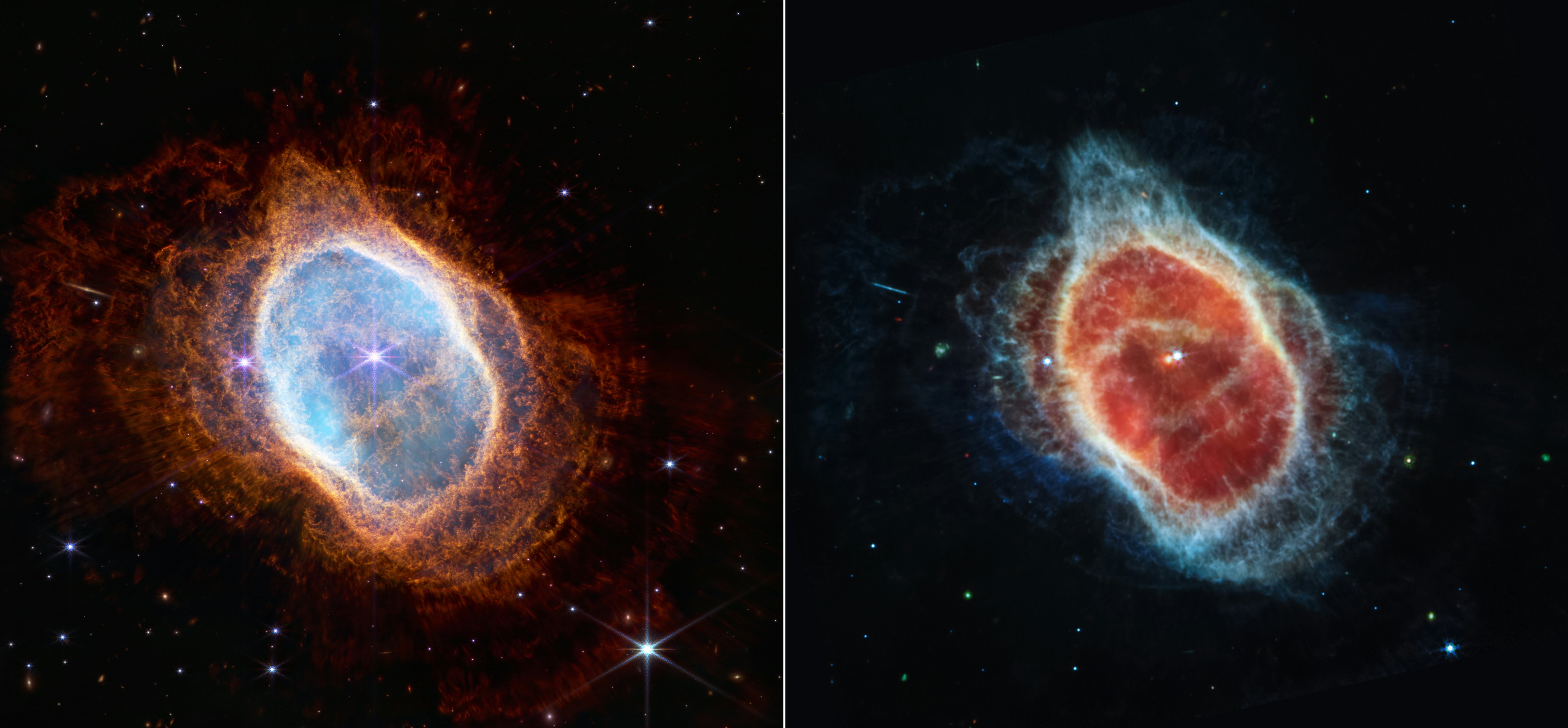
4. Alessandro Mucciarelli, astrophysicist at the University of Bologna
On the deep field — Wow, (the deep field) is better than what we expected. First of all, the image is beautiful, full of details, and able to show plenty of galaxies in a very small area of sky. Hubble telescope was not able to provide for the same region similar details. This clearly demonstrates that the efforts to design and build JWST has been off. Now we have a powerful eye to observe the deep and dark Universe as never done before. Also, this specific image is a fantastic example of gravitational lensing, one of the effects predicted by the General Relativity.
On Stephan’s quintet (below) — Honestly, it is the first time that we see a similar close-up of interacting galaxies. Thanks to the infrared eye of JWST we can see the details of the merging of their arms, this is the starting point to ignite new episodes of star formation.
On the exoplanet spectra — Let me say that also the provided spectrum of the exoplanet with the detection of water is exciting. It is not a beautiful picture like the other ones, but it is fantastic to directly see such a detection in an exoplanet.
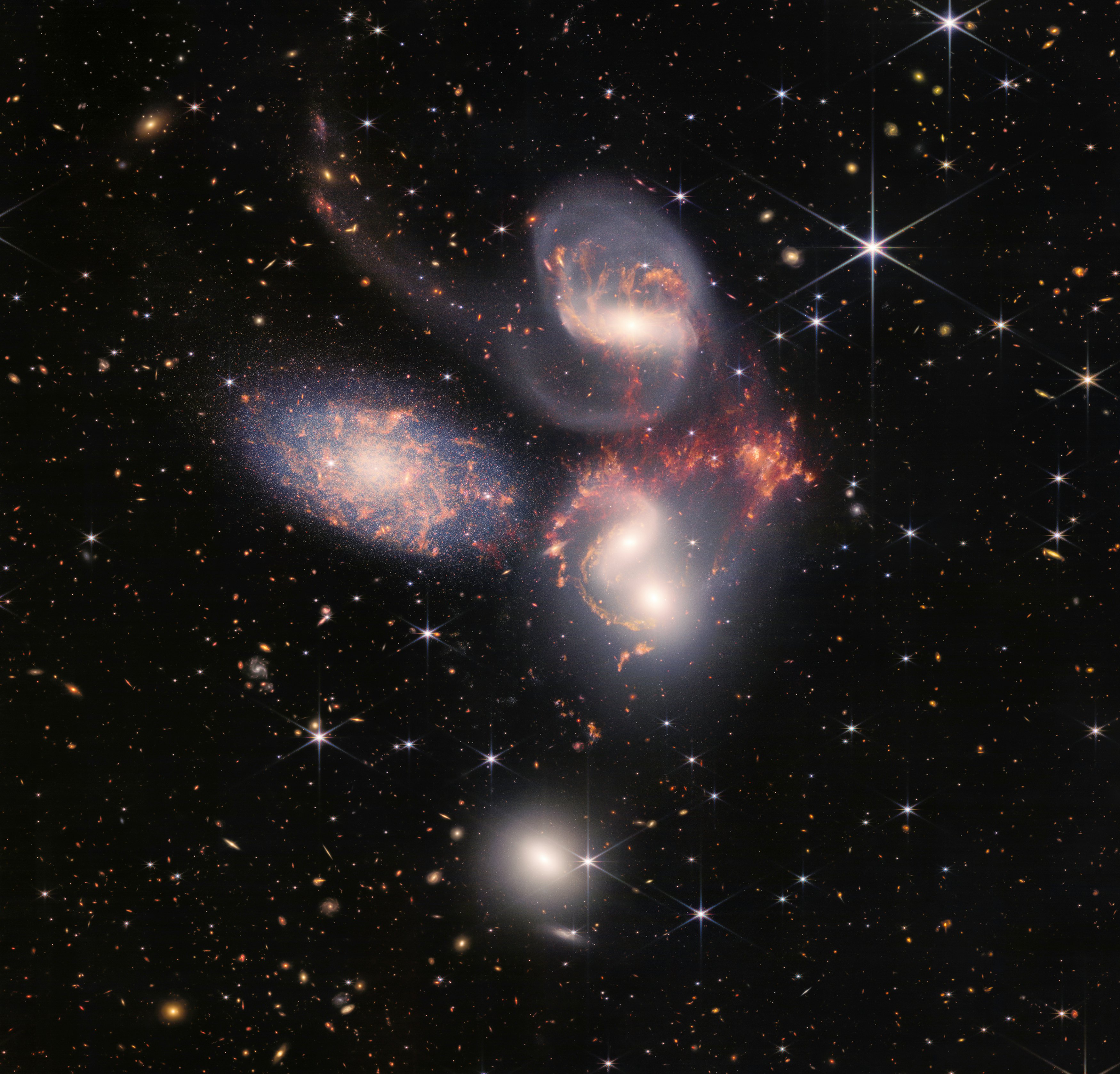
3. Charles Beichman, astronomer at NASA-JPL
They're terrific. You know, as they say, we're just starting to scratch the surface, and the images brought out some of the power of each of the four instruments. We saw that the transit observation of the exoplanet was ... you know, it's a hot Jupiter, that's a falling-off-the-log easy observation. But it shows that we will certainly be able to look at much smaller planets, much cooler planets, and push down to where things get really interesting. You know, habitable zone planets down to the level of, you know, certainly close to an earth size, maybe not exactly one Earth radius, but one or two Earth radii and temperate planets. Yeah, it's gonna be fantastic.
They didn't show any of the coronagraphic imaging, which is the goal of our particular Alpha Centauri program. But the stuff that I've seen that they didn't show today, looks as though that's going to be really pretty spectacular as well, the telescope is performing really very well, in terms of its stability, the quality of the wavefront itself produced by the telescope, all those things are just coming up.
2. Misty Bentz, astrophysicist at Georgia State University
What am I feeling? Relief that the telescope and instruments are working so well. Joy to be present in this moment and part of the community of explorers seeking to understand our place in the universe as well as ourselves. Curiosity driving me to dive into these data and start uncovering all the surprises they still hold. Wonder in the beauty and power, the creation and destruction, that surround us and are part of us. Pride in my colleagues across the world that have worked so hard and so long to accomplish this amazing feat and usher in a new era of discovery.
And I absolutely love the surprise appearance of an active galactic nucleus in Stephan’s Quintet!
1. Imke de Pater, planetary scientist at University of California, Berkeley
I thought they were really fantastic images. The amount of detail you can see — it's just incredible. And that's what everybody's saying, but I think it's true. It was it's very, very interesting to see them, and I'm sure we'll get a lot of great science from JWST.
I think everybody is excited and also afraid that we really now have to start working.
The images released really show what the instrument is capable of. So I think it'll be a fantastic tool, in particular, for fainter objects. I think those will really gain the most, indeed in the infrared and certainly mid-infrared.







